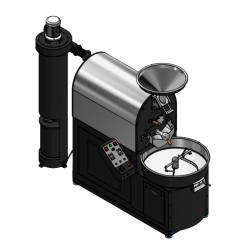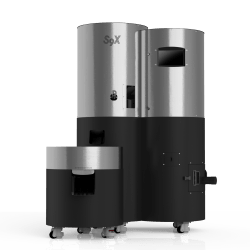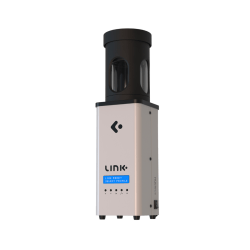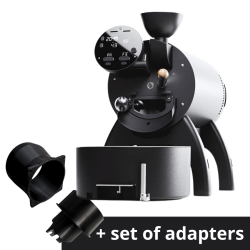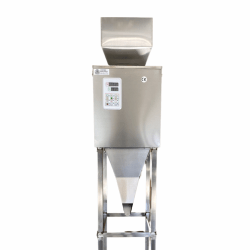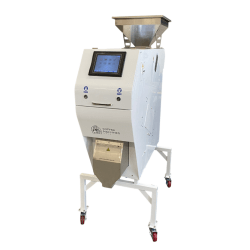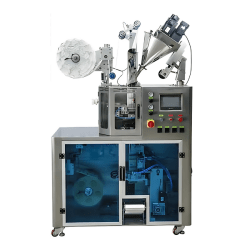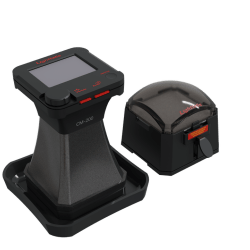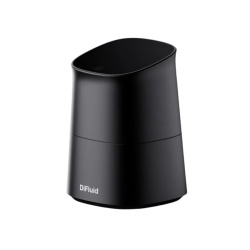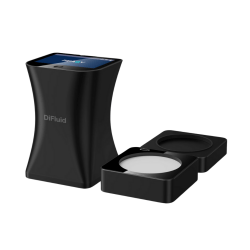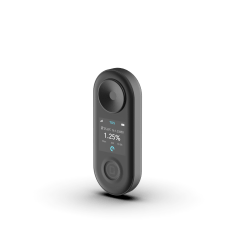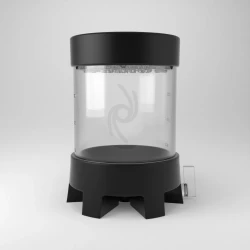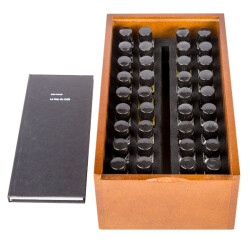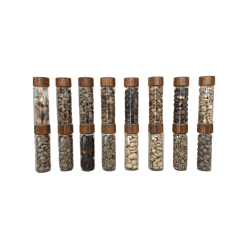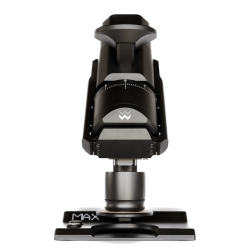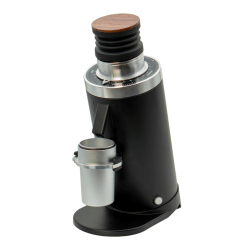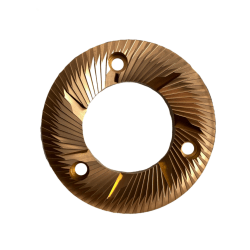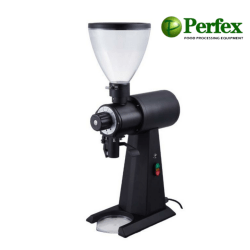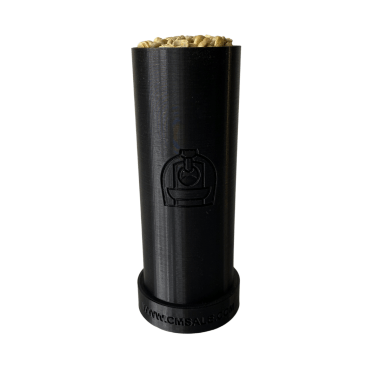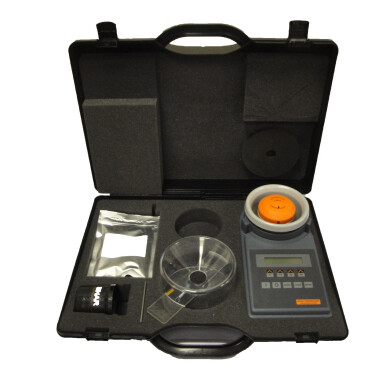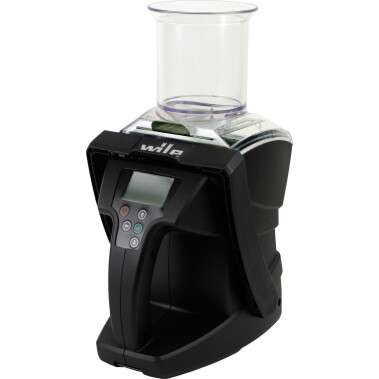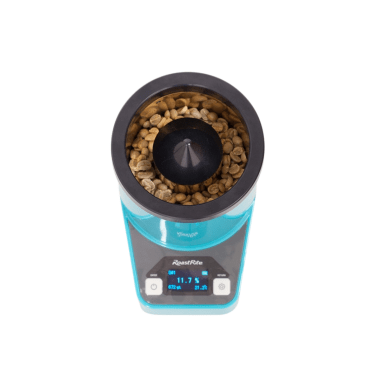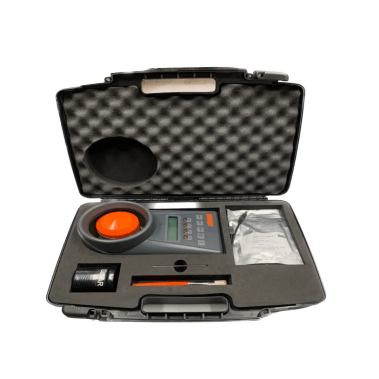
Beans Density
Beans Density: Optimize Roasting and Brewing
Our Beans Density Meters offer precise measurement of the density of green coffee beans, a critical factor in determining roast profiles and brewing methods. By accurately assessing the density, you can adjust your roasting process to ensure even heat distribution and consistent flavor development. Higher density beans typically require more heat, while lower density beans are more delicate. These meters provide you with the data needed to make informed decisions, ensuring the best roast and optimal extraction, whether for espresso or filter brewing. Perfect for roasteries focused on quality and precision.
Measuring coffee bean density is important for roasting and brewing. It helps control heat during roasting and improves extraction for a balanced flavor. Coffee bean density meters give accurate readings, making adjusting roast profiles and grind size easier. This improves consistency and reduces waste. Whether you run a roastery or test small batches, using coffee density meters ensures better results. Explore different options to find the right tool for your needs.
Why Is Coffee Bean Density Important?
Anyone involved in roasting and brewing must understand the density of coffee beans. The density affects how beans absorb heat during roasting, directly influencing the final flavor.
- Higher-density beans need a longer or more intense roasting process to penetrate their structure evenly.
- Lower-density beans require a gentler approach to prevent over-roasting and preserve delicate flavors.
- Density influences brewing by affecting extraction rates—dense beans may require finer grinding to balance extraction.
Using coffee bean density meters ensures consistent achievement of the desired flavor profile. These tools also help maintain uniformity in batches and provide better control over the roasting curve.
How Coffee Density Meters Improve Quality Control
Using coffee density meters provides measurable data that helps optimize the roasting and brewing process. Whether you are a specialty coffee roaster or a commercial producer, accurate density readings ensure quality control at every step.
- Standardize roasting curves – By knowing the exact density of each batch, you can adjust heat application for uniform roasting.
- Reduce waste – Understanding density helps prevent under- or over-roasting, reducing rejected batches.
- Improve consistency – A controlled roasting process means a predictable and repeatable taste experience.
For businesses, investing in coffee bean density meters leads to a more precise approach to production, reducing variation between batches and ensuring customer satisfaction.
How to Use a Coffee Bean Density Meter
Most coffee density meters follow a straightforward process for measuring density. The most common methods include:
- Weighing a fixed volume of beans – The simplest approach is to place beans into a calibrated tube or container, and the weight is measured.
- Electronic density meters – These models automatically analyze moisture content and weight to provide instant density readings.
- Moisture and density combination meters – Devices that measure both aspects simultaneously give a more comprehensive understanding of the beans.
Each method has advantages, but using coffee bean density meters allows for greater precision and efficiency.
Factors That Affect Coffee Bean Density
Several factors influence the density of coffee beans, making it important to measure them accurately:
- Altitude – Higher altitude beans are typically denser due to slower maturation.
- Processing method – Washed beans often have a higher density than naturally processed ones.
- Moisture content – Beans with higher moisture levels may weigh more, but this does not always indicate true density.
- Varietal differences – Different coffee species and cultivars exhibit unique density properties.
By regularly using coffee density meters, you can account for these variations and adjust roasting or grinding accordingly.

